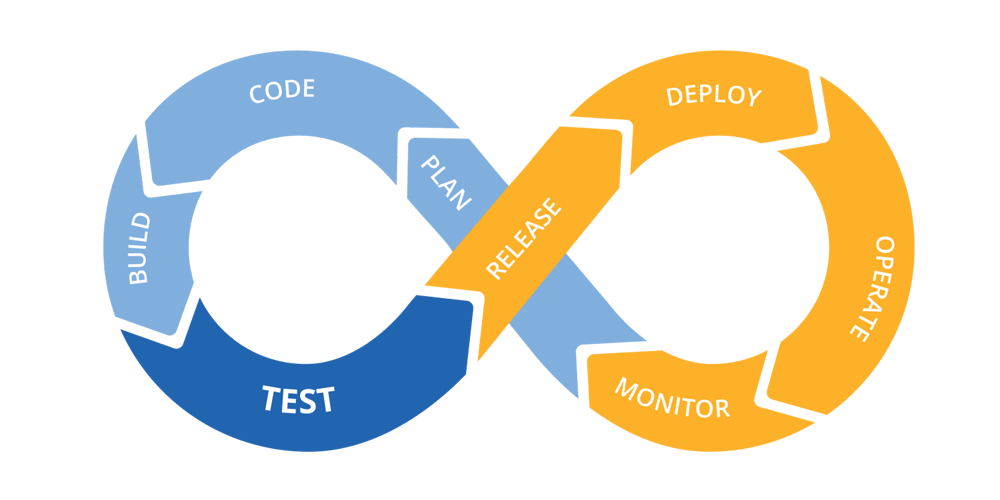As mobile users are increasing, developers are racing to create apps and even more apps. In a way that seems to have no end, "there's an app for that," once said Apple.
For developers and alike, making users download, use and keep the app installed, is becoming more of a challenge. With many other apps having similarities, people are having too many choices. With millions of apps available for download, the competition is fierce, and there should be no room for mistakes.
Developers need people to download their apps for a variety of reasons. From revenues through ads or in-app purchases, brand recognition, user data or just for the fun's sake. Whatever their reasons, their apps should thrive in the competition to be seen and catch people's interest.
While developers should know what people like and need, and give them what they want, developers are increasingly unable to predict when their apps will fail.
The very best strategies to prevent the bad from happening, include: market research, proactive planning, in-depth analysis of usage, and regular monitoring. These should keep developers on their toes, knowing how to stay ahead of the competition.
But what are the signs? Below is a list of common things that should happen, before an app meets its doom.

Declining Revenue
If an app is meant to create revenue for the developer, a decline of it is the first clear and obvious sign that the app is dying.
When an app is not performing well in terms of usage, its revenue will decline. The worldwide mobile app revenue are increasing due to the fact that mobile usage is also increasing. So if your app's revenue declines, this is something that you need to worry.
There are ways to solve this issue:
If your app's users are declining, you need to bring more people to your app. You can start by advertising it, get influencers to promote it, or do others that will put your app's visibility upfront. If your user base isn't declining but your revenue is, then you need to increase ARPU by notifications, in-app purchases and so forth.
If your app is not available for free, you may want to drop its price. A study revealed that games that reduced the price for at least week had their revenues increased by margins.
Users Becoming Inactive
The next common symptom is users becoming less active. There are too many reasons why users will stop using apps, and this is something you need to consider.
User inactivity is known as churn, and it's described as the number of inactive users who don’t return or use your app in a specific time period. Normally, it's 30 days. What this means, those users who aren't using your app for a month, are considered to be inactive or churn.
Most of the time, inactivity is related to user experience. The rest include: disappointment as the app is not what the user thought it would be, the user doesn't know how to use the app or know how the app will solve his/her problem. Then there is the lack of stickiness.
To solve this issue, you should make your marketing message clear. Do not create hype of certain promises you can't keep. Clearly communicate the unique selling point of your app, and nothing more. You should also focus on making users understand how your app works, and how it may solve his/her problem.
Related: How To Make Your Website And Mobile App Viral With Habit-Forming Strategy
App Is Not Getting Regular Updates
People know behind each and every app, there is at least one person behind it: the developer.
If you haven't updated your app for months, this is one clear reason that people isn't liking your app anymore. In the age of the internet and mobile, everything moves at a faster pace than ever before. Bugs found, features are packed, weaknesses crippling privacy and so forth. If those issues cannot be addressed by updates, people won't see the app as worthy anymore.
Users can see when was an app last updated. If your app has not been updated for months at a time, this will affect even the most loyal users, as they too will stop using it.
The solution is to give your app something new at each update. Whether it's design, minor fixes, etc.. Try to update your app on at least a weekly basis. Each of the update will act as a reminder, teasing people of something new.
Increasing User Acquisition Cost
Generally, average customer acquisition cost (CAC) decreases as your app ages due to brand awareness, word of mouth, referrals, exposure, etc.. However, if your attempt in bringing more users to your app needs an increasing budget, you may want to fix this as fast as you can.
You should never ignore this because a sudden, or even gradual increase in customer acquisition cost means that your app isn't doing well.
An increase in CAC itself won’t show you the cause of your app's failure. Here you need to understand other metrics to get to the issue.
For example, you need to know whether your marketing strategy is sufficient. Are you using the wrong marketing channels? Is your app easy enough to use and can solve people's problems? How's your brand image and app rating?
The best ways to solve this, is by asking users what they think about your app. Try to conduct surveys and interviews, and always read negative comments to understand what are people's needs. Reduce churn rate related to CAC by fixing problems, and always focus on your app's unique selling point.

Conclusion
The app industry is one of the fastest growing industries out there. It's also one of the most competitive and harsh. Because of these, the app market is becoming a lot tougher that it was, and entry is becoming more difficult.
Without constant research and updates, your app may end in its cemetery soon enough, even if your app is one of the best app of its kind out there. You need to analyze and monitor statistics, metrics and understand their numbers every single day. The moment you see a problem of complaint, you should get it fixed as soon as possible.
There are a lot of useful and great apps in the market, and so as bad and useless apps that aren't worth your time. Understanding the competition, app optimization and by staying ahead of others would ensure you app's survival.